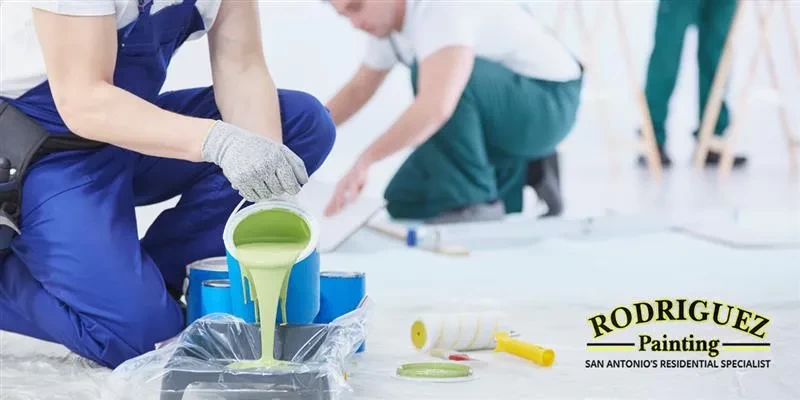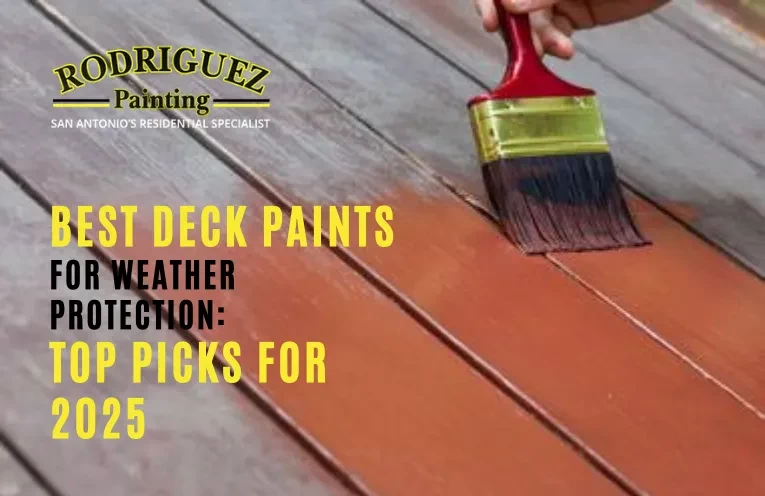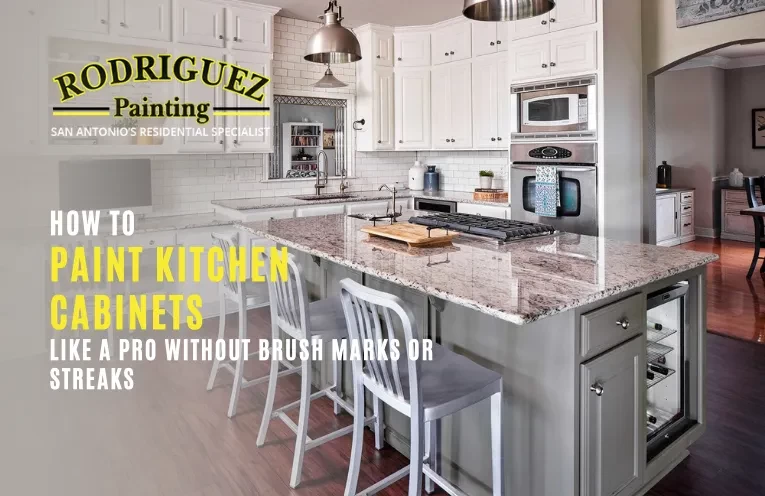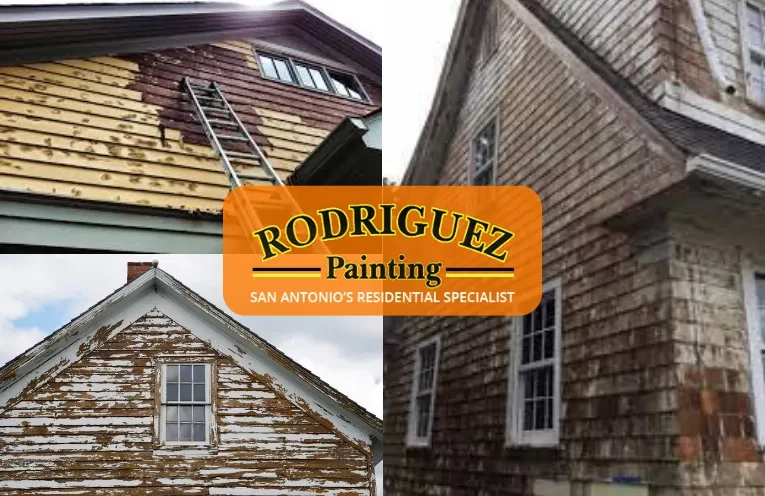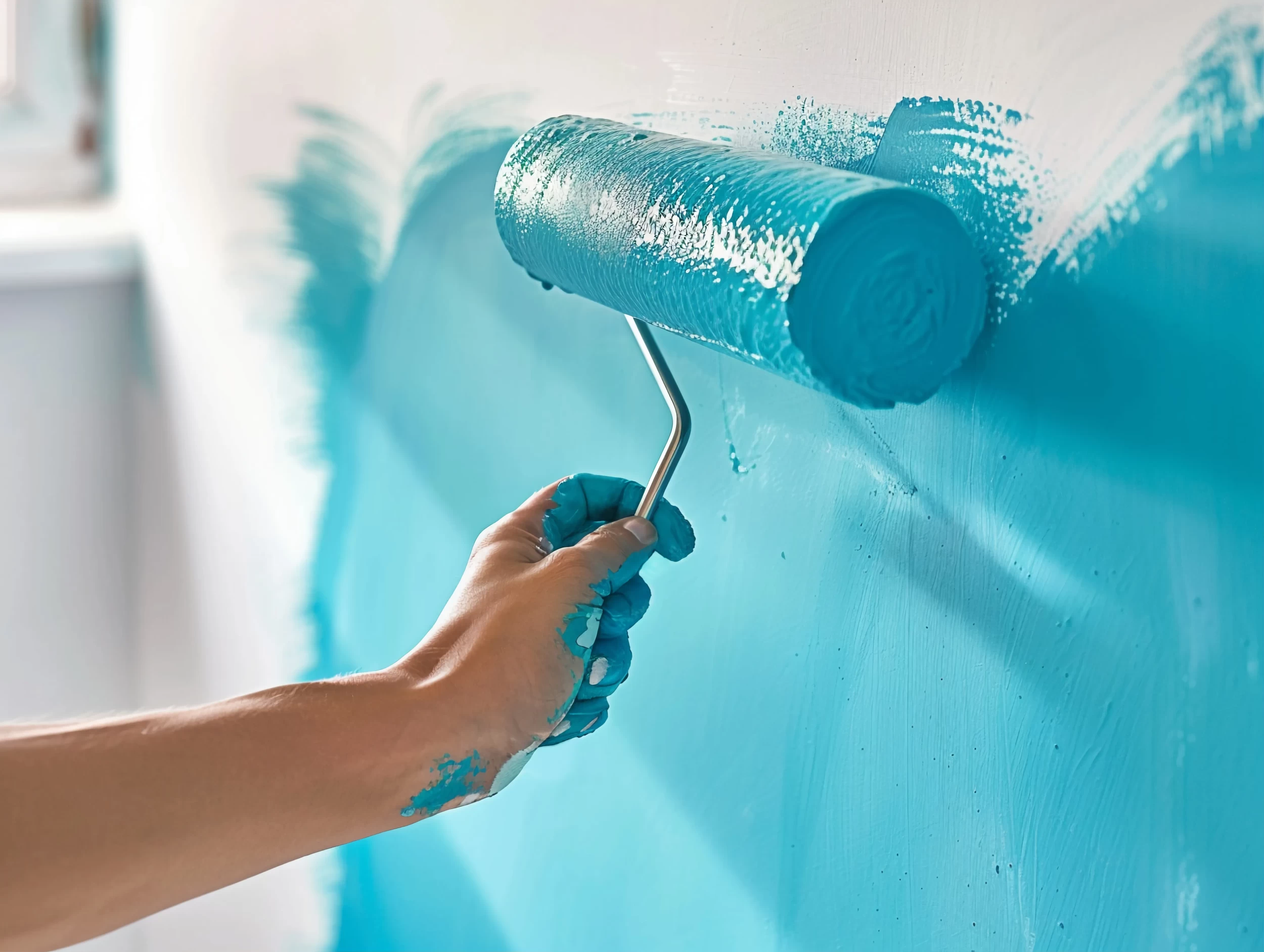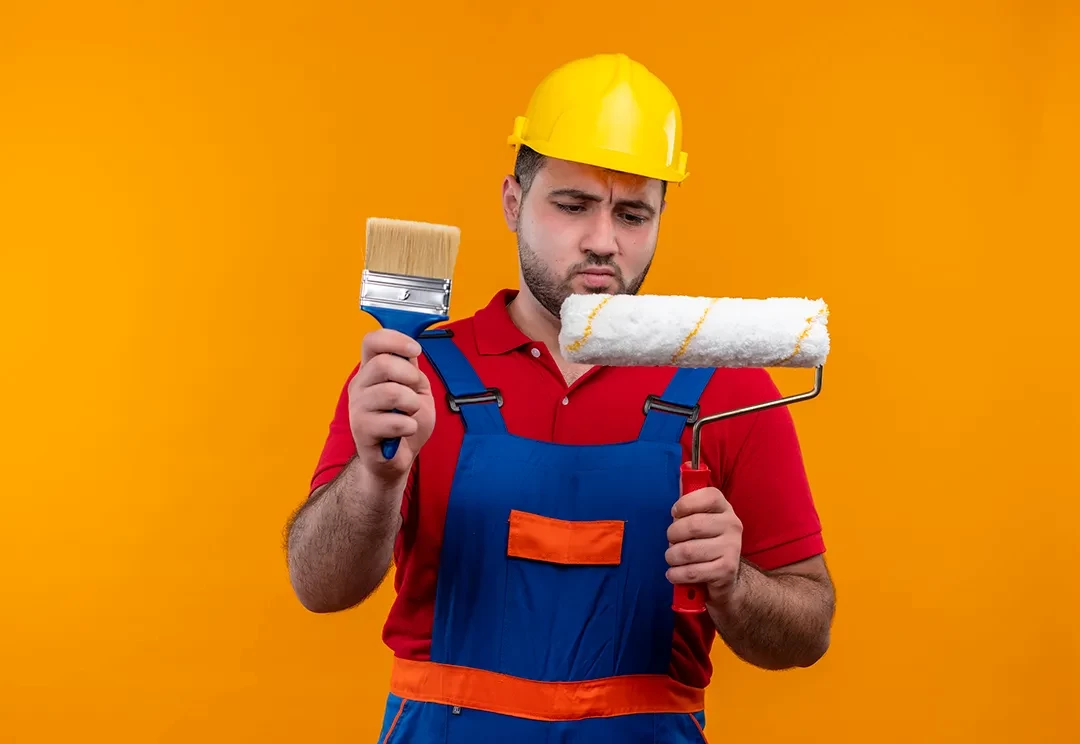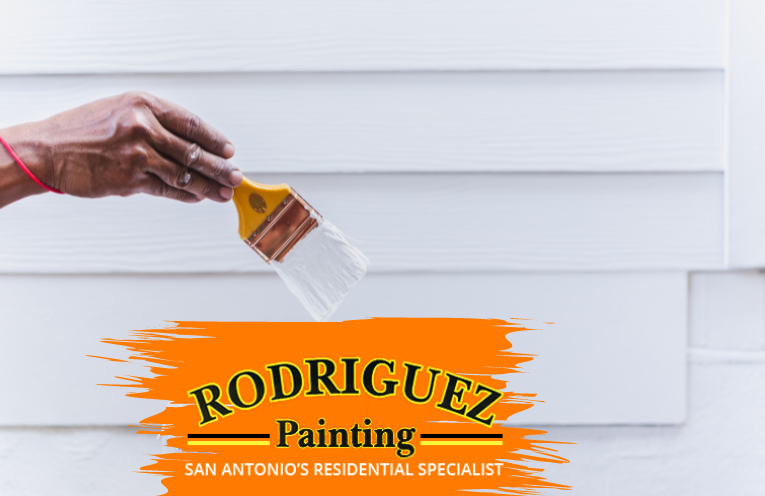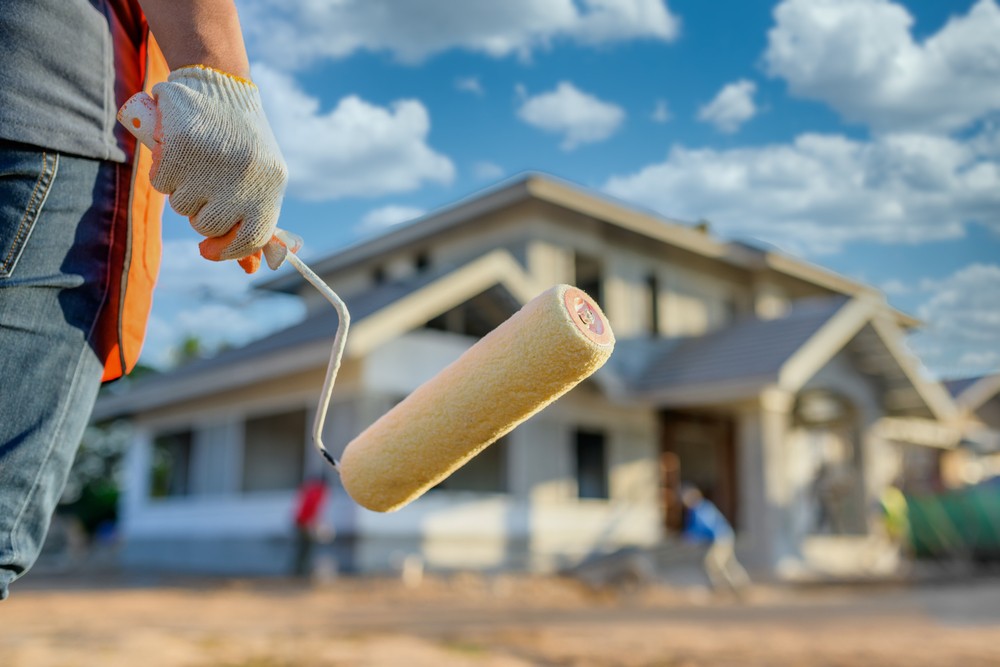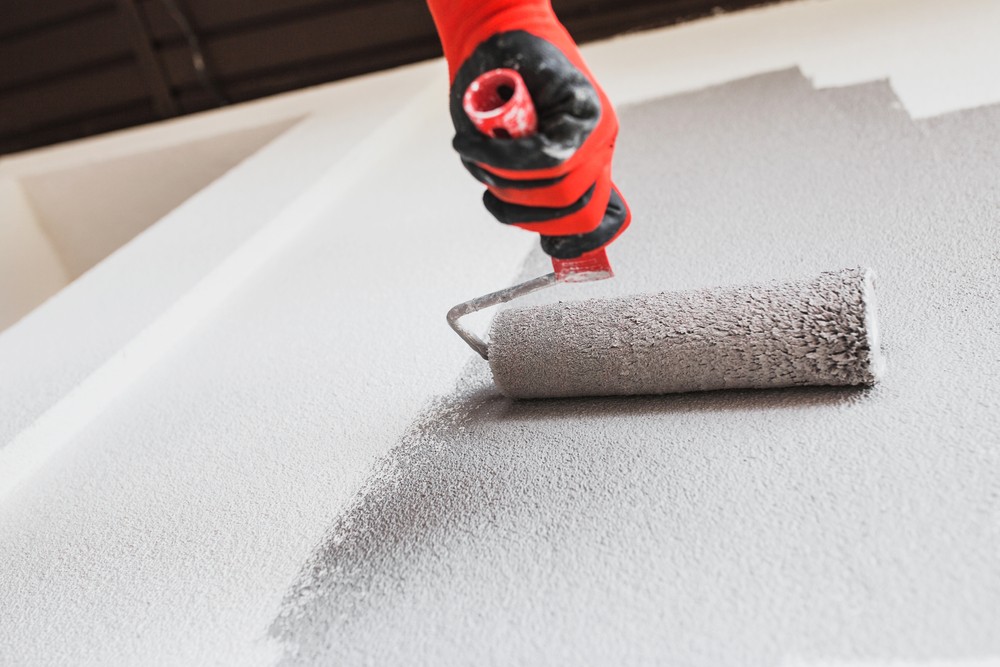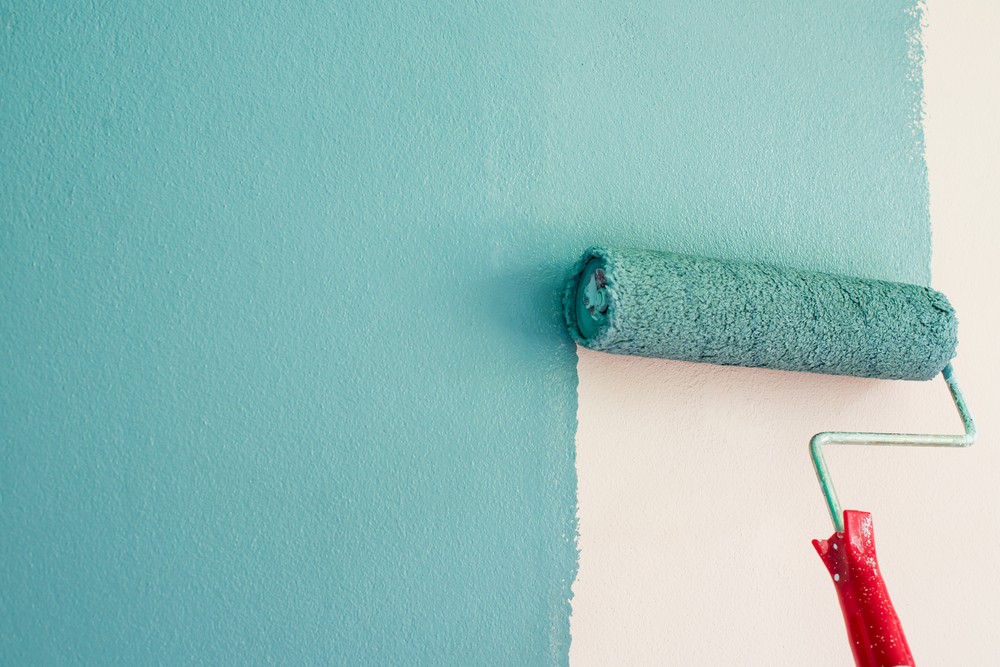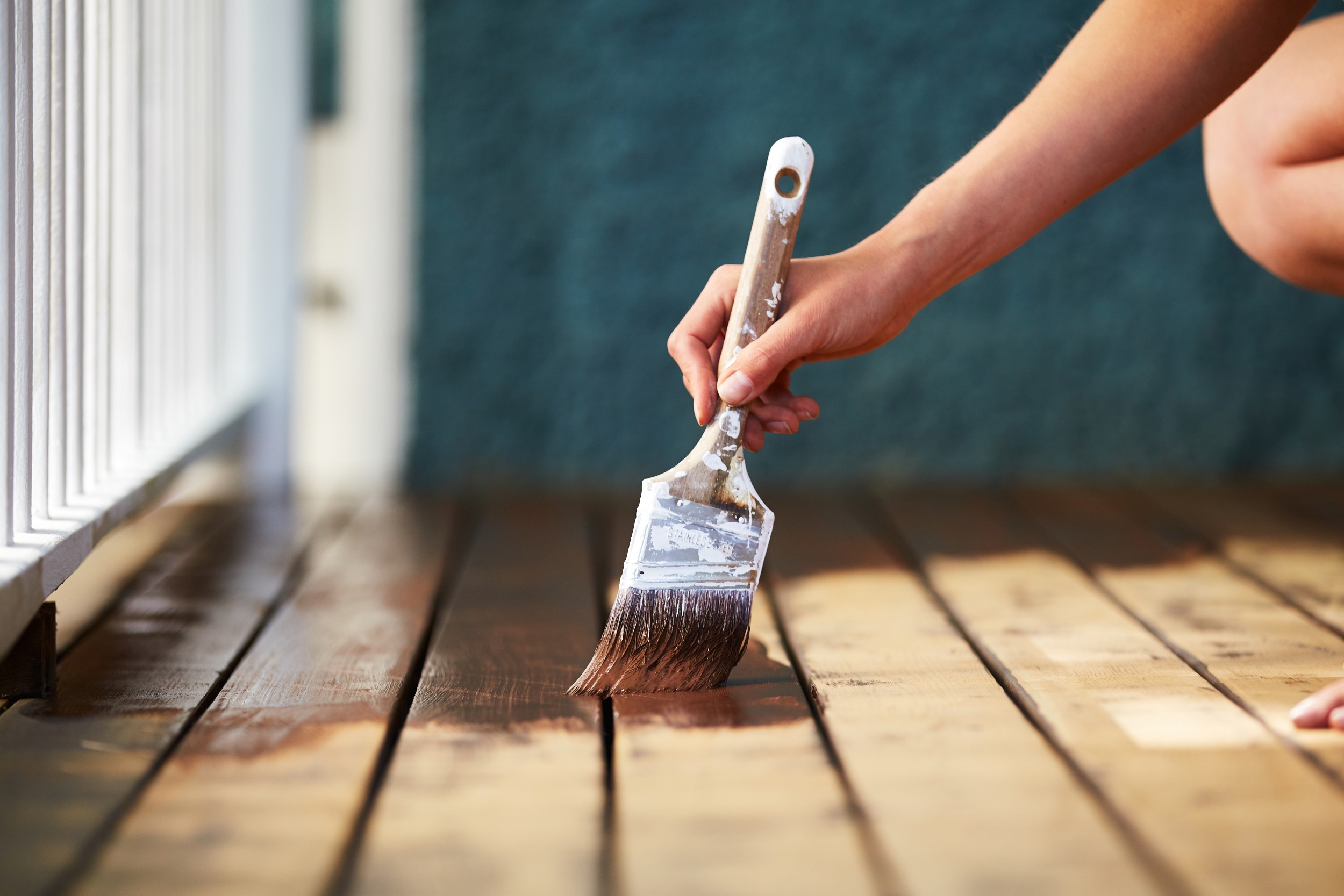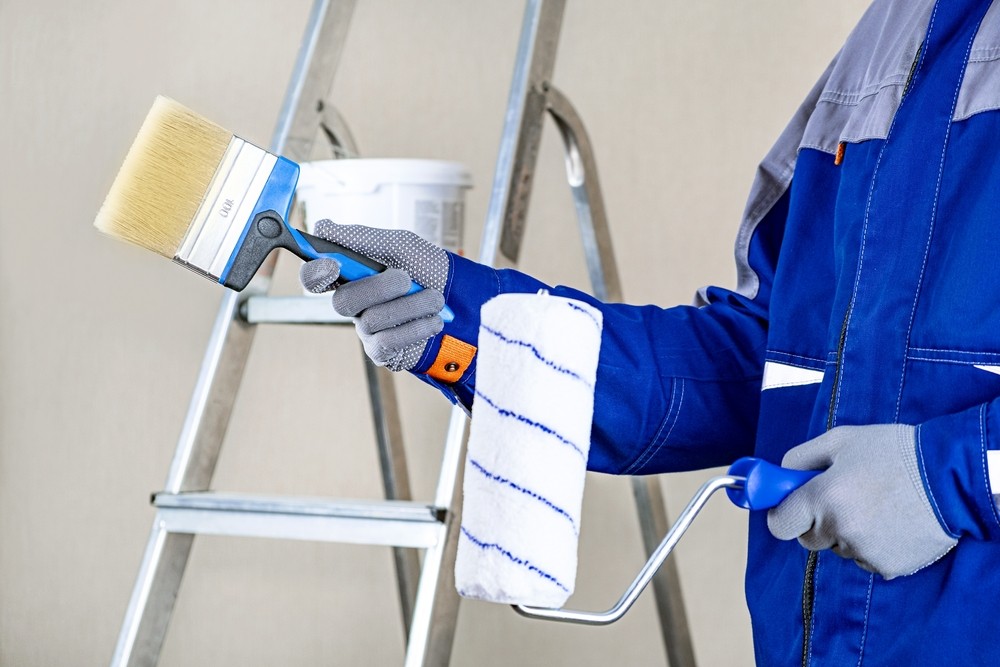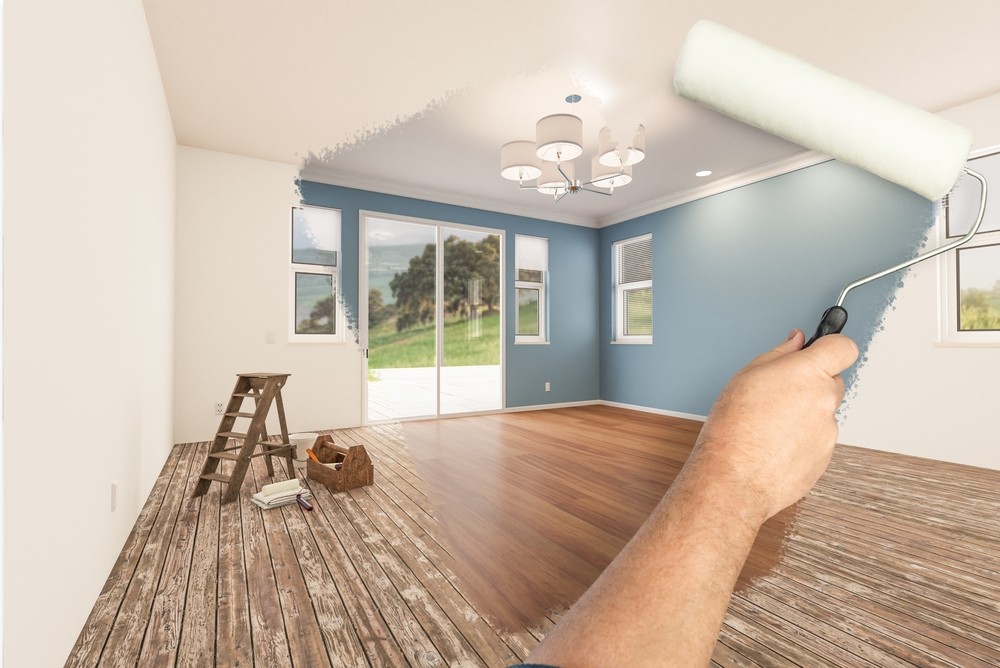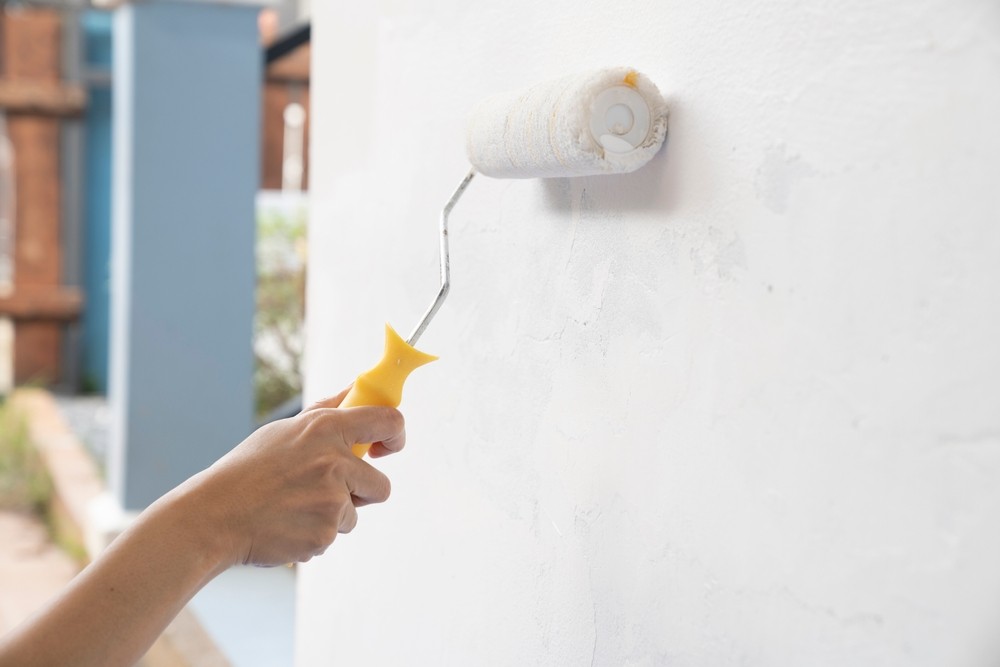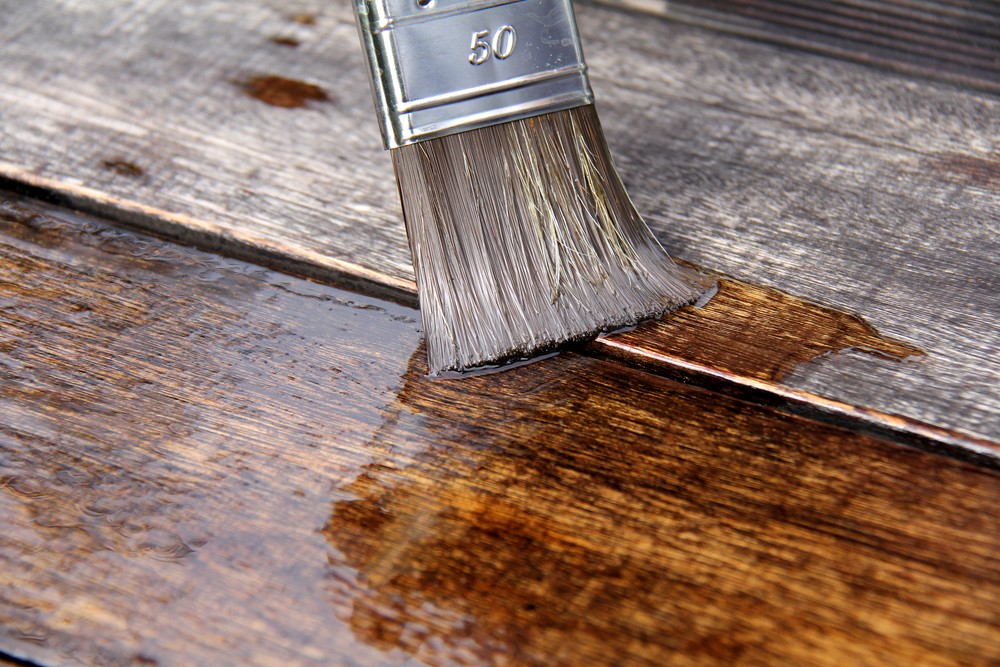
If you bought a new deck or want to refresh your old deck, painting or staining is ideal. So which option is the best? There’re a lot of factors you must consider, and each has its own benefits and drawbacks.
You may want to consider the cost, color choice, ease of application and maintenance, and longevity. Read on to understand which option is best for your deck.
Should You Paint Your Deck?
If you have already painted your deck, paint is ideal for recoating. The labor involved in stripping the old paint so you may switch to stain is prohibitive.
With your new deck, you will get to pick your finish. Paint may have the advantage of providing more color choices than stain. In addition, paint builds a water-resistant layer on the surface, filling gaps and cracks.
It will help protect your wood deck from water intrusion. Eventually, painting is more UV resistant than staining, meaning it’ll keep its intended color much longer than stain.
Should You Stain Your Deck?
In certain areas, exterior surfaces have to go through heavy cycles of freezing and thawing, sometimes many times a year. It causes contraction and expansion of the wood in a deck, which is likely to result in premature paint failure.
Furthermore, a potential disadvantage of painting your deck is that horizontal surfaces will receive foot traffic. It often ends up with rain or snow sitting on it for a longer period. Such factors may also lead to paint failure.
The stain can soak into the wood of a deck, meaning it is not as much affected by any seasonal changes. It may also not peel with foot traffic, and may not trap water inside the wood, the way paint does.
Eventually, stains allow the wood grain to display through more than paint. Most people prefer it because it offers a more natural look than paint. That said, many stains don’t build a solid resistance against moisture. It is also not as UV resistant and doesn't provide as many colors as paint.
Get Most Of Your Deck Stain Or Paint
Below are a few top tips to help you get the most out of deck paint or stain:
- If you want to paint, try a primer first. It helps prepare and protect your wood, increasing the life of your paint.
- For anything you use, ensure the wood is properly clean and dry before you start.
- Always ensure every surface is thoroughly coated, including the end grain of your wood.
- Provide your deck surface enough time to cure completely before you start walking on it or place your furniture back on.
Can Stains Offer A Good Compromise For Your Deck?
For most decks, solid-color stains offer the ideal compromise of features. It can go on easily, building a protective film on your deck surface.
It will provide UV protection and withstand foot traffic and weather conditions well. When it begins to wear out, it doesn’t need as much work as paint to recoat. Ultimately, solid-color stain film is thinner than paints, meaning more wood grain can be visible.
The semi-transparent stains provide color to the wood without affecting the natural grain.
A darker color for your wood deck will protect it from UV radiation and fading. Also, the good quality stains offer water resistance to avoid wood rot. You will have to recoat more frequently when using a semi-transparent stain, but it's not as tough a process as its to repaint.
Furthermore, a clear sealer will be applied over stains to preserve the durability of your coating.




